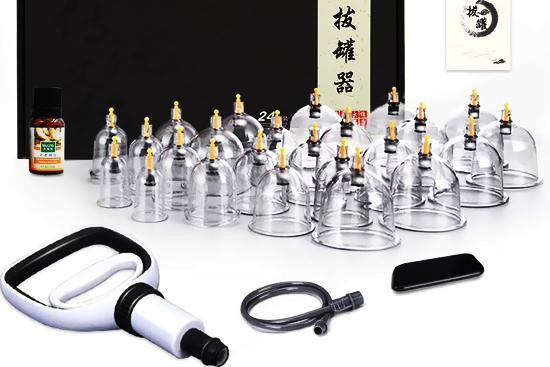Complementary and alternative treatments are old traditional methods of treating various conditions and injuries that come from different cultures around the world.
Many have been around for thousands of years and are sometimes administered in addition to regular medical treatments.
Acupuncture, yoga, meditation, and other methods are very old but still used today. Another type of alternative treatment is cupping, and it dates back to ancient Egypt but is still being used today.
The Grandmaster Candra P. Pusponegoro and the team at Bengkel Manusia Indonesia in Batam, Indonesia, have experience using many different methods of treating pain through medical and alternative means, including cupping.
What Is Cupping?
Cupping therapy is an old traditional method of placing cups made of glass, bamboo, or other materials on specific areas of the body to treat different conditions.
The cups create a suction effect that is used to treat inflammation, increase blood circulation, help with pain, and as a form of massage therapy.
How Does It Work?
In the traditional method, your therapist will put a flammable substance inside the cup such as paper, alcohol, or herbs, and ignite it briefly.
As the fire fades, the cup is placed upside down on your skin. The cup cools, creating a vacuum that raises your skin up into the cup.
Shortly after, your skin will redden and the blood vessels will expand. The cup is left in place for about three minutes.
Modern methods will use vacuum pumps instead of flammables to produce the cupping effect. You might just get one cup on your first session, but treatment usually involves 3-5 cups.
Many therapists think this method works by causing hyperemia (an increase of blood in organs or tissue) or hemostasis (the process of preventing or stopping bleeding) to achieve the desired effect for treatment.
What Is Wet And Dry Cupping?
The process described above is commonly known as dry cupping. Wet cupping is a variation of the procedure where prior to the cup being placed, your skin is punctured and blood is drawn out in the suction process.
There is also a variation where the dry cupping technique is done before puncturing your skin for wet cupping. At least one study suggests that wet cupping may help the kidneys clear heavy metals from the body.
In both cases, cupping leaves round bruises on your skin which will clear up in around 3 days. Ointment may be applied to prevent infection, and you may receive multiple treatments depending on the condition being treated.
So if you’re interested in cupping therapy, make an appointment with The Grandmaster Candra P. Pusponegoro and the team at Bengkel Manusia Indonesia to find out what it can do for you.











